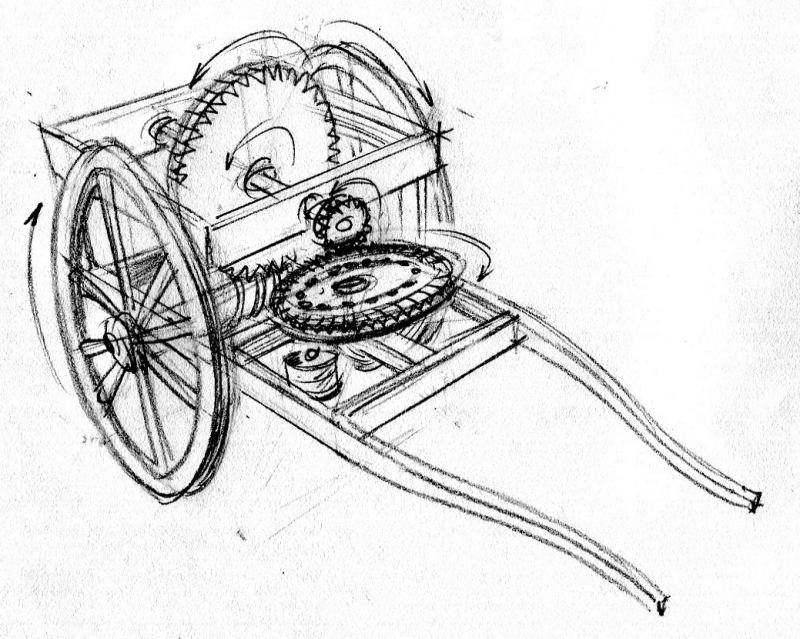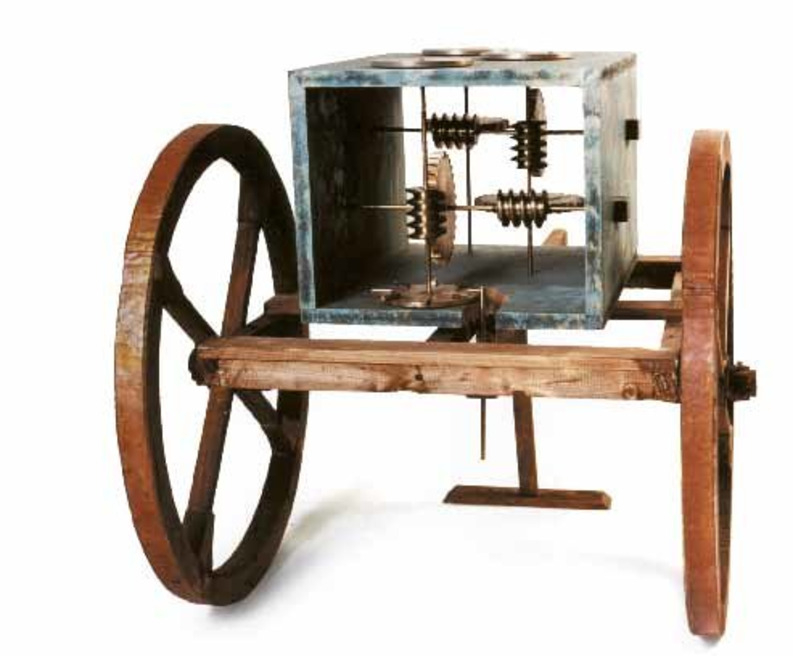Odometer
Odometers are used in every wheeled vehicle nowadays to record the distance traveled. This device was initially created by the Greeks. They sought to create an accurate mechanical odometer that could be used to measure close distances.
Studies indicate that Vitruvius created the first odometer in 27 BCE. Later, it was frequently employed by Romans in the late Hellenistic period. They utilized this instrument to show how far a car had driven. They utilized odometers' many advantages, including their ability to measure distance correctly and transform road construction and transportation.
An odometer is a device that calculates how far a car, bicycle, or other type of transportation has driven. The tool may be mechanical, electrical, or a hybrid of the two (electromechanical). There is usually a trip meter in newer vehicles (trip odometer). Since a trip meter, unlike an odometer, may be reset at any time throughout a trip, it is possible to record the distance covered during each specific trip or segment of a trip. It used to be a wholly mechanical mechanism, but the majority of current cars now include electronic versions. There are frequently many trip meters on many modern automobiles. The maximum value that most mechanical trip meters will display is 999.9. To be certain when one has reached the next turn in a set of driving directions, many people reset it to zero at each instruction.











